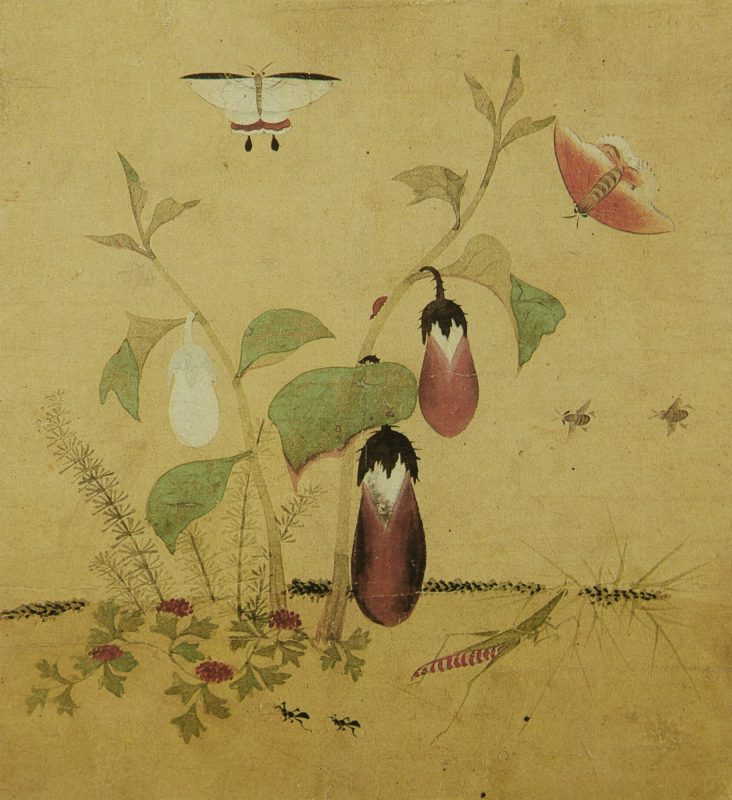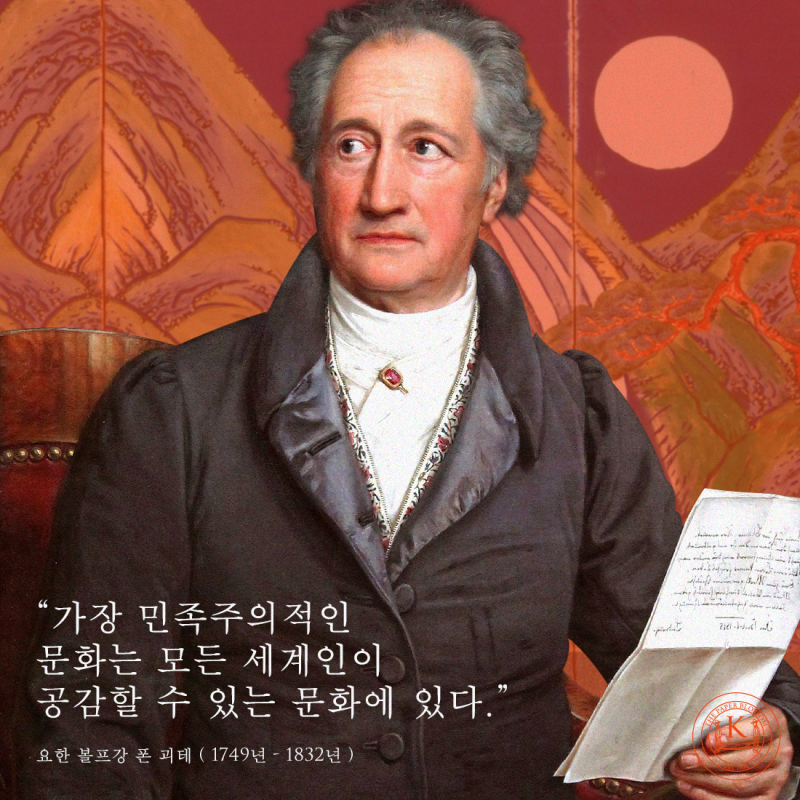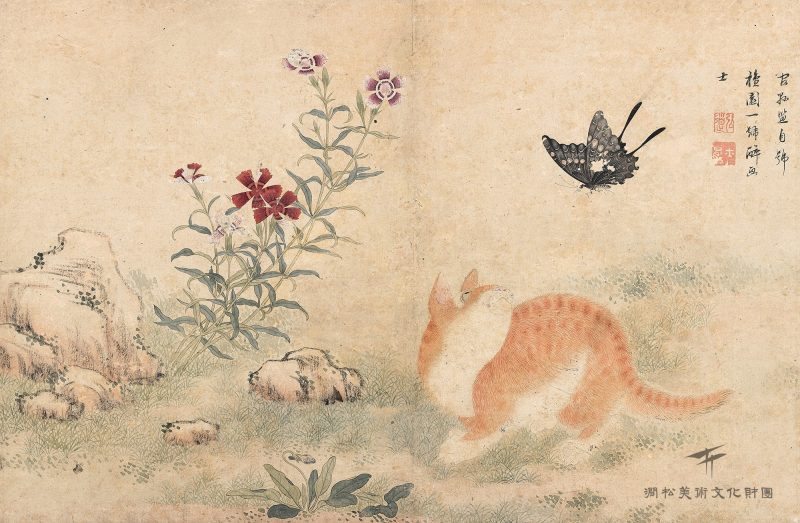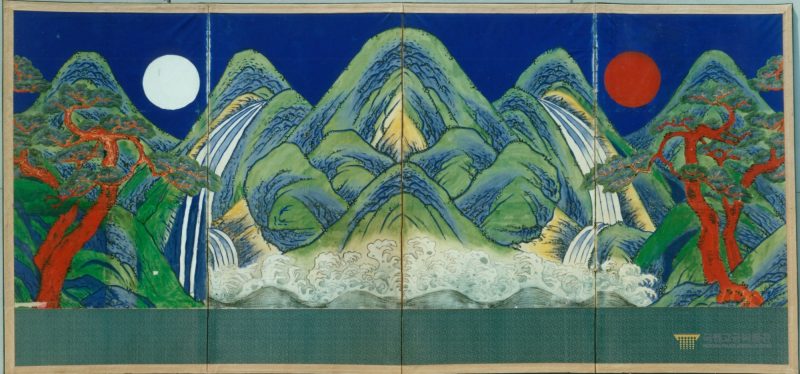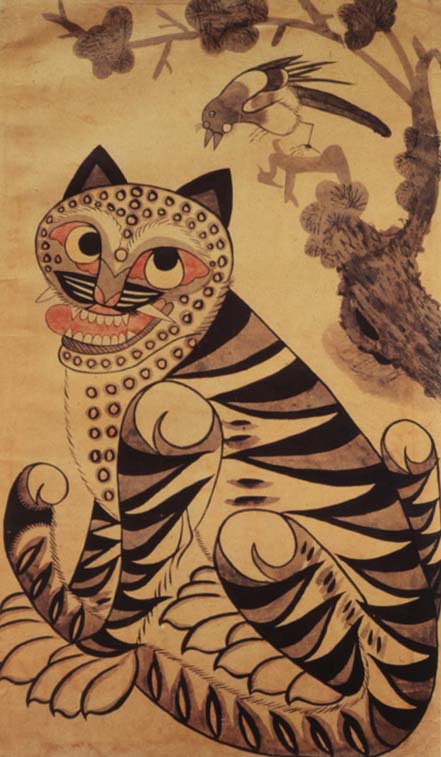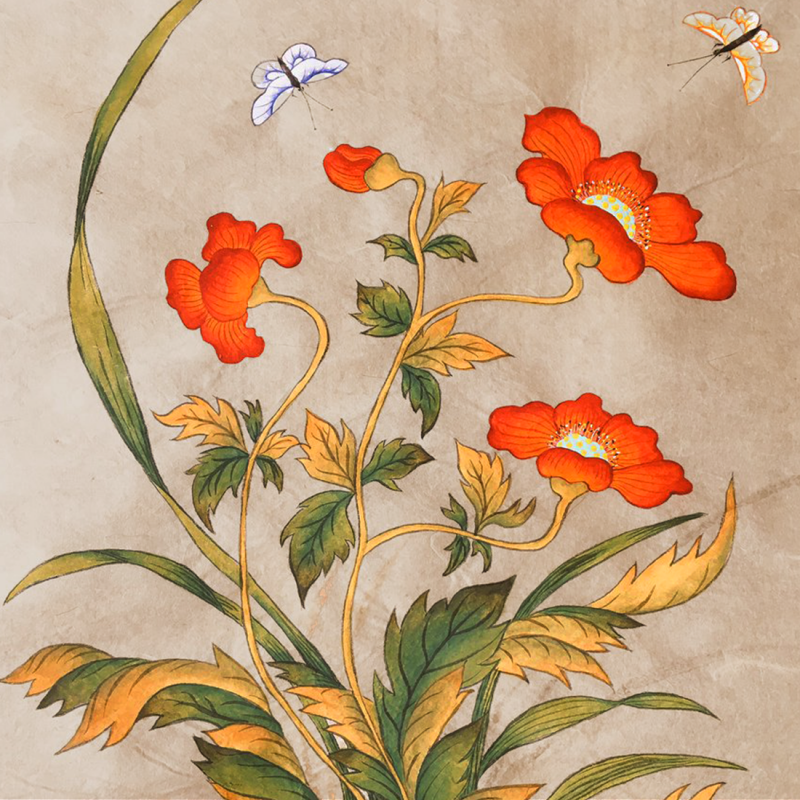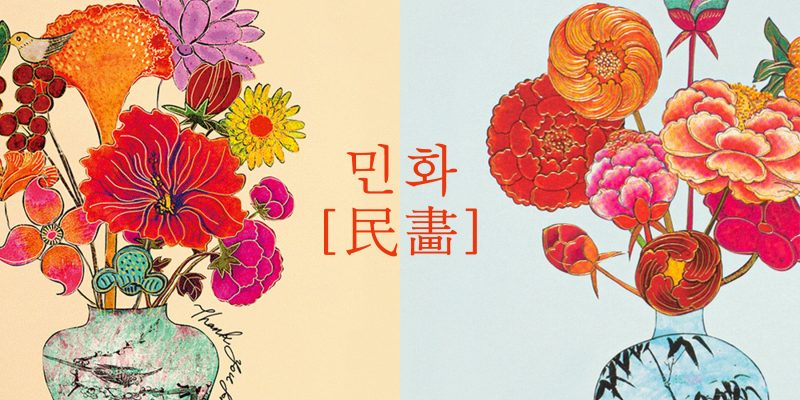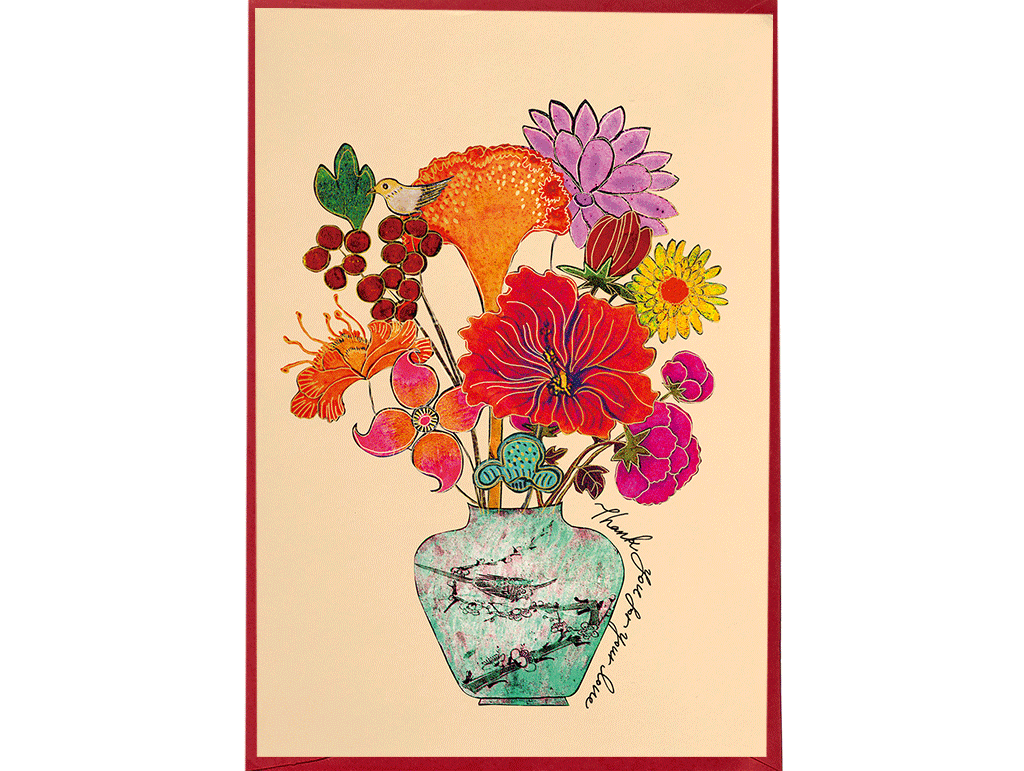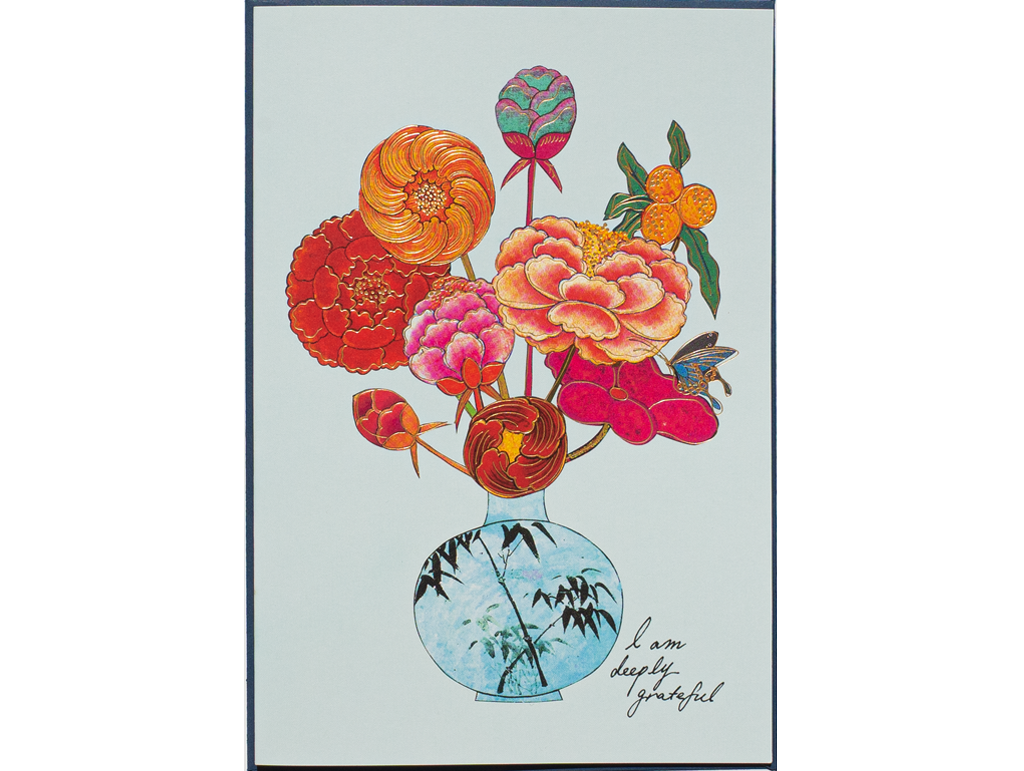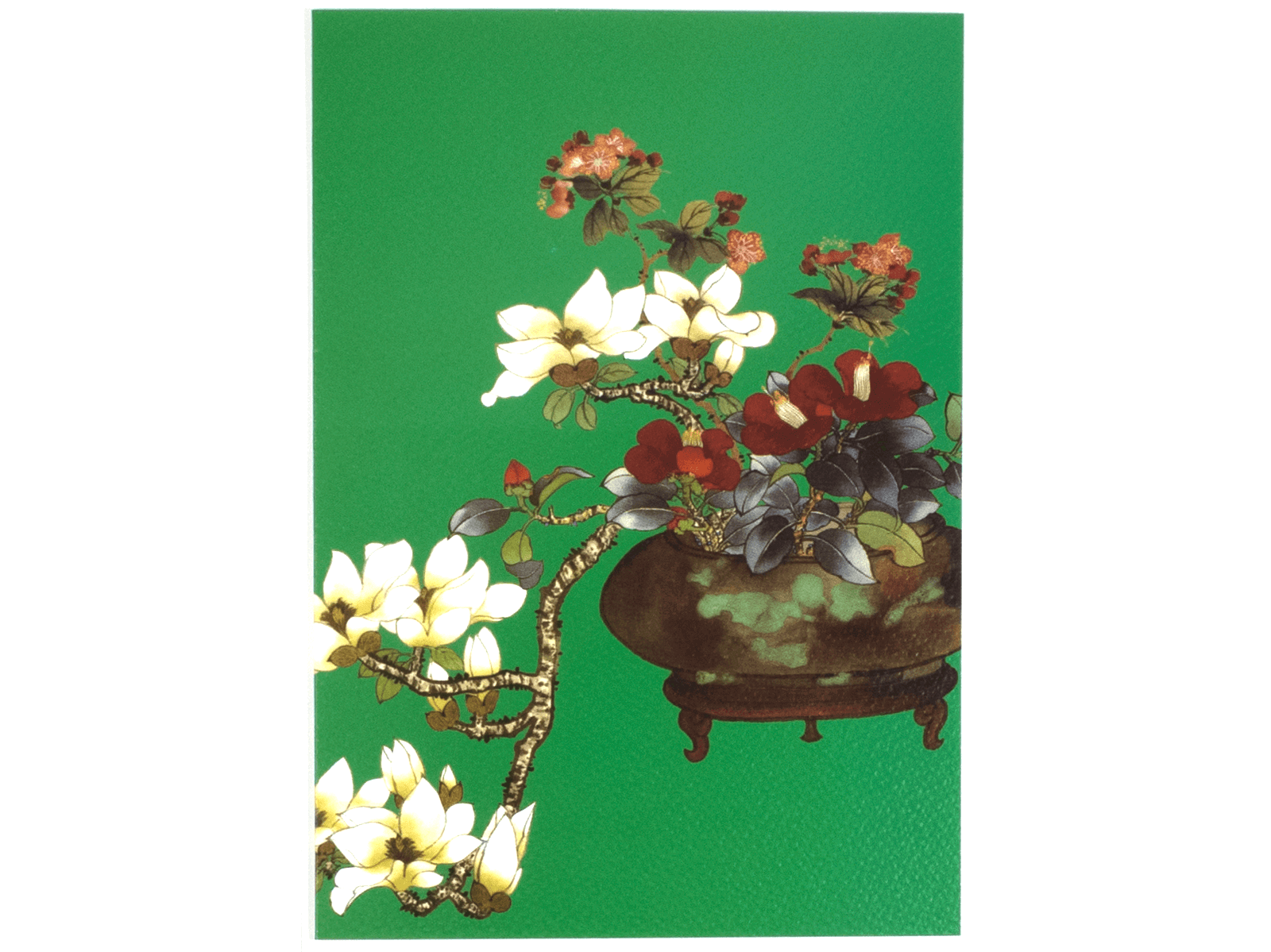Folk Paintings
Draw a wish~
Folk Paintings as a bucket list for living and breathing people in the Joseon Dynasty!
“The most nationalistic culture lies in the culture that all people around the world can sympathize with.”
Johann Wolfgang von Goethe (1749-1832)
Director Bong Joon-Ho, the first Korean who won four Oscars at the 92nd Academy Awards, paid tribute by mentioning master director Martin Scorsese in his speech. Director Bong Joon-Ho said, “When I was young and studying cinema, there was a saying that I carved deep into my heart, which is that, ‘The most personal is the most creative’ by Martin Scorsese,” which is similar to Goethe’s quote. As he said, director Bong Joon-Ho was at the center of the world winning Oscars with the most personal, but the most creative story.
Even if there is nothing new under the sun, an extremely personal experience can be a completely new experience for someone. In addition, our unique culture, which is so familiar to us that there is nothing special, can be an attractive item that captures the hearts of people around the world. I think this is why we should pay attention to folk paintings at this moment and now.
Folk paintings were commercial paintings that were popular among the common people in the late Joseon Dynasty. Unlike the traditional paintings in Dohwaseo (Court Painting Institution), folk paintings were made by unknown or wandering painters who did not learn painting professionally. Folk paintings, which were easily bought and sold at the low streets, were attached to screens, hanging scrolls, and walls of middle-class residences at that time and were used to decorate the house or as gifts to loved ones.
Folk paintings were literally ‘paintings of people’. Yanagi Muneyoshi, who first used the term ‘folk painting’, defined “a painting that was created among people, made for people, and bought by people.” The folk paintings that followed numerous traditional paintings were less elaborate and refined, but instead approached the public with free-spirited and unconventional expressions and humorous humor. [See Naver Knowledge Encyclopedia.]
Painters took everything from nature and used it as a subject matter. As such, there are endless types of folk paintings depending on what they drew. Folk paintings were completed with the meaning of objects such as ‘Tiger Painting,’ a tiger painting used to chase after evil spirits, ‘Ten Symbols of longevity,’ a painting with a wish for longevity, ‘Geographical Painting of Hills and Waters’ based on beautiful scenery of Keumgang Mountain and eight famous spots in Eastern Korea completed folktales with a deep meaning to objects, such as ‘Scholar’s Accountrements’ and ‘Painting of Flowers and Birds’ depicting flowers and birds while dreaming of a harmonious family while enjoying a rich movie with children and children.
Above all, folk paintings contain the wishes of our ancestors who want to live a long, healthy and happy life. The bright and colorful five colors obtained from turmeric, mugwort, japonica, orange, and gardenia were ideal for expressing the wishes of those ancestors. Imagining, they must have painted hopes and expectations for tomorrow with colored paints on the tips of their brushes.
K-Paper has launched a new K-Peony and K-Rose Moss with folk paintings as motifs. Five-color folk painting cards of K-Paper with poppy, peony, hydrangea, etc. like a flower arrangement in a vase! Just as our ancestors did here, how about expressing your blessings to your loved ones such as saying “Everything is coming up roses”?

 Korea
Korea 中文
中文